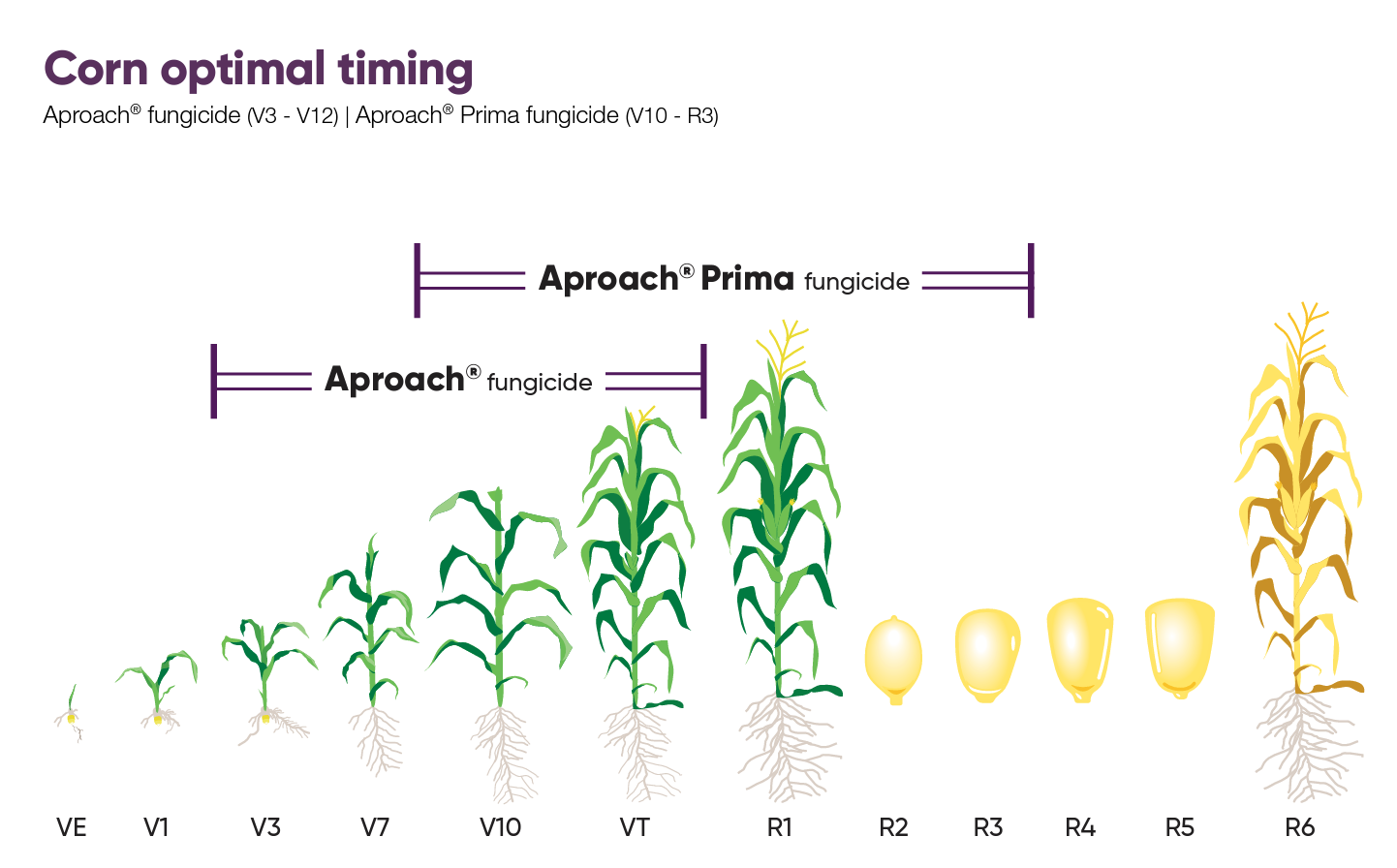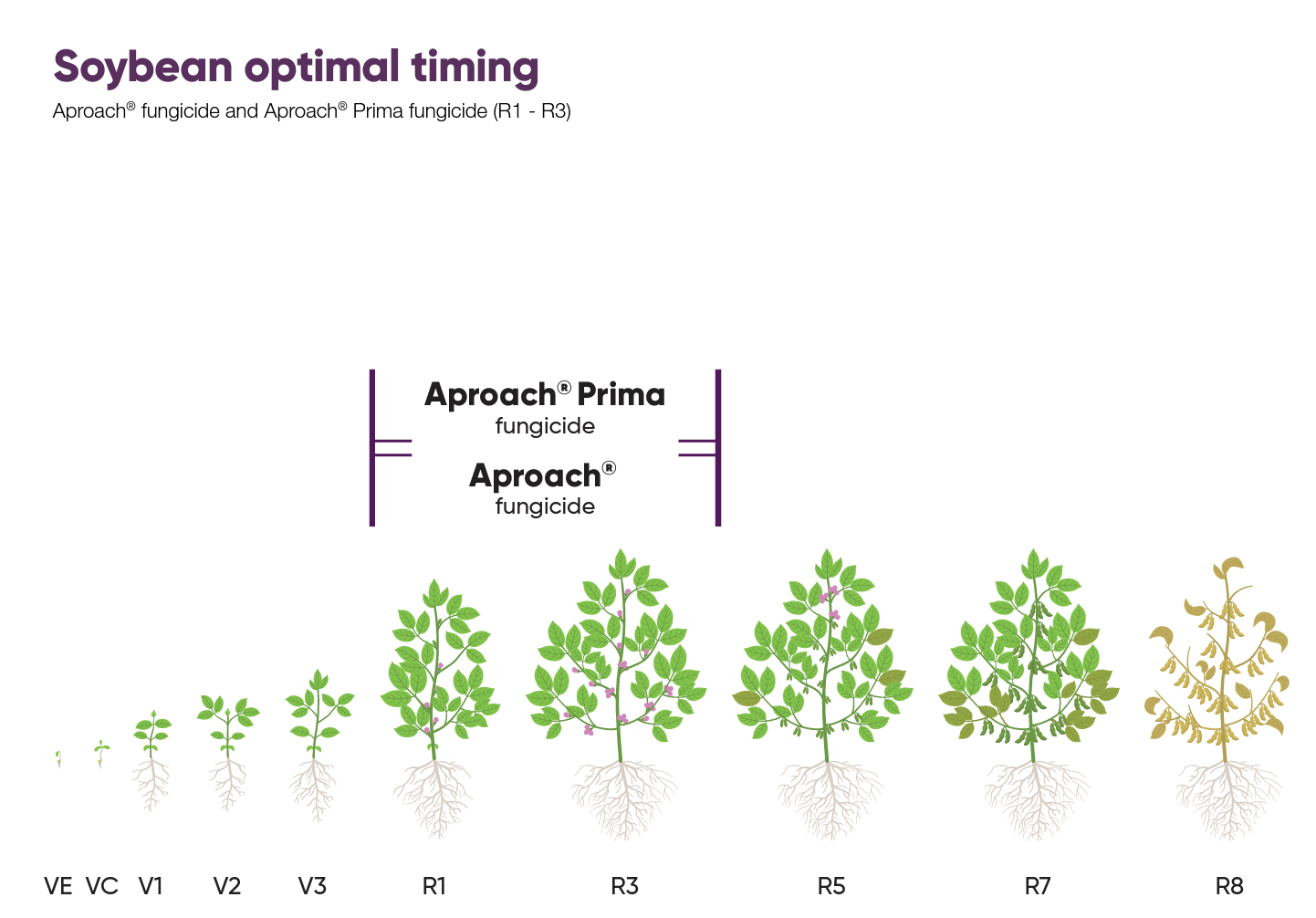Managing Disease in Late-planted Crops

Late-planted crops are generally more susceptible to crop disease. Why? The answer to this question goes back to the disease triangle.
Diseases thrive when all three pieces of the triangle coexist — a favorable host, the pathogen and the right environment. Planting dates won’t affect the pathogen or the environment — but later planting can affect the growth stage and susceptibility of the plant host during the time of significant disease pressure.
“In diseases that result from pathogens overwintering in residue, delayed planting allows more time for disease pressure to build up in earlier growth stages,” says Scott Pringnitz, market development specialist, Corteva Agriscience. Examples of diseases that overwinter include tar spot, white mold , gray leaf spot, eye spot, frogeye leaf spot and northern corn leaf blight.
“Similarly, diseases that result from spores that don’t overwinter, such as common rust or southern rust, generally have more time to move from southern to northern climates during susceptible growth stages,” Pringnitz says.
To help customers stay ahead of crop disease, Pringnitz emphasizes the importance of staying informed and being proactive.
“There are several third-party resources and crop protection manufacturers that track environmental conditions that favor disease development. By staying informed, you can encourage customers to be scouting their fields or make fungicide applications before disease greatly impacts yield.”
Most fungicides are very effective for a two-to-three-week period. Timely applications can maximize the value of the application and reduce the need for return applications.
“Fungicides are unable to reverse crop damage or yield impact,” Pringnitz says. “If customers wait too long to apply fungicides, they simply will not see the same return on investment that a well-timed application can provide.”
Aproach® and Aproach® Prima fungicides are powerful choices to combat corn and soybean diseases, and both solutions are labeled for all the diseases mentioned above, with one exception: Aproach is labeled for control of white mold, while Aproach Prima is not. The following graphics show application guidelines for maximum benefit in corn and soybean fields.


To find suggested use rates for Aproach and Aproach Prima fungicides, you can download the Corn & Soybean Disease ID Guide from Corteva Agriscience. The guide also contains more detailed information about the diseases listed in this article and more to watch for this summer.
Aproach® and Aproach® Prima are not registered for sale or use in all states. Contact your state pesticide regulatory agency to determine if a product is registered for sale or use in your state. Always read and follow label directions.